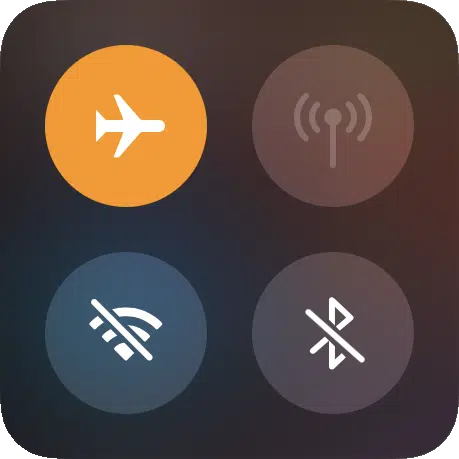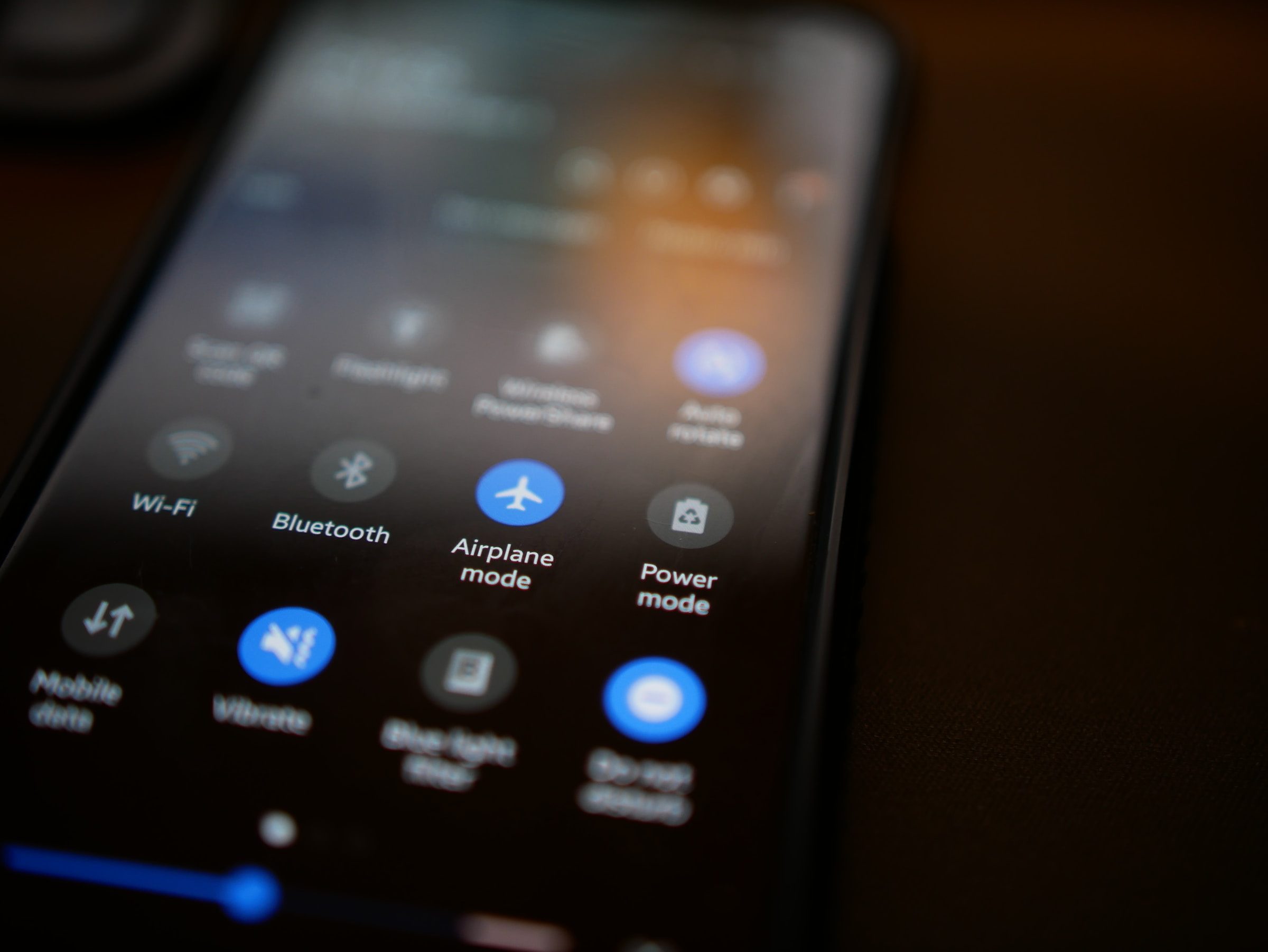
A psychologist’s personal experience!
These days, I hesitate before switching on flight mode on my phone. What used to be a simple, almost routine action now carries weight. That tiny airplane icon so innocuous to most jolts me back to a moment I’d rather not want to think about but never truly can: the Ahmedabad plane crash tragedy.
It’s unsettling how symbols can become saturated with meaning after loss. A simple digital icon, a phone gone silent, a plane overhead they now evoke a bodily unease. For me, and for many others, that symbol isn’t not just about travel anymore. It’s also about fear, helplessness, and irreversible change.
From a trauma informed perspective, this makes perfect sense. Trauma is not just about what happened it’s about how the body remembers. The mind might try to move on, but the nervous system often stays stuck in that moment when safety was lost. A symbol, a sound, or even the absence of information (like no network or no calls coming through) can act as a trigger reviving emotions and reactions we thought were buried.
That day, many of us kept checking our phones refreshing news pages, reaching out to people, watching with dread as “no signal” remained. Flight mode mirrors that digital silence. It reminds me of a time when people were waiting for messages that never came.
The common man, too, continues to carry these silent burdens. While news cycles move on, those directly or indirectly affected by such tragedies live with the lasting emotional debris. The airport staff who watched families crumble, the friend who just missed that flight, the citizen who kept replaying the news, they each experienced a fracture in their sense of control and safety.
Our emotional reactions come not just from the events themselves, but from the beliefs we form around them. “Flying is never safe,” “I must always be alert or something bad will happen” these are not just irrational thoughts, they are emotional truths shaped in moments of trauma.
REBT helps us notice these beliefs, question them, and slowly loosen their grip. It reminds us that while we can’t control the past, we can begin to change how we interpret our present triggers.
But to do that, we must first name them. And this is where the trauma informed approach is essential by creating space for people to safely feel before they’re asked to reframe. We don’t rush healing. We validate the fear in the icon, the grief in the silence, the meaning in the mundane.
Today, when I see that flight icon, I breathe a little deeper. I remind myself I’m safe now. But I also remember those who aren’t who never got to land, who never got to say goodbye.
Some wounds don’t close with time. But through awareness, empathy, and psychological tools, we can learn to carry them with care for ourselves, and for the collective stories we share.
If this reflection resonates with you as a professional, a survivor, or simply as someone who has felt the ripple effects of collective grief know that your responses are valid. Let’s continue building spaces where emotional safety and healing are prioritized, even in the smallest of symbols.




